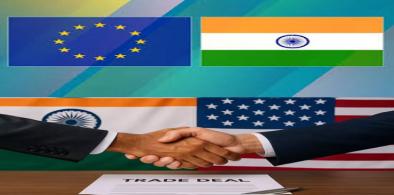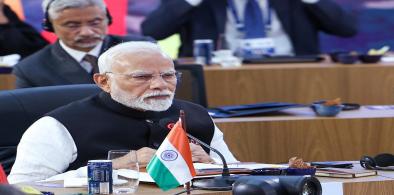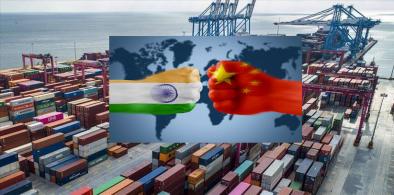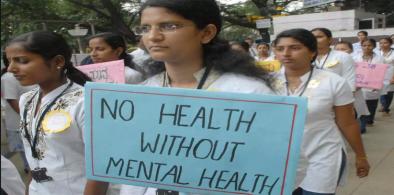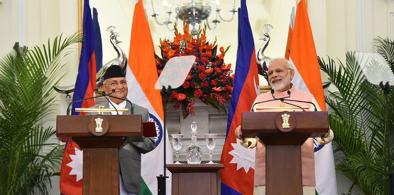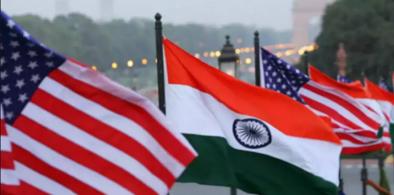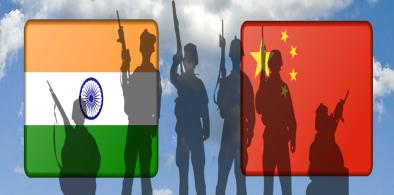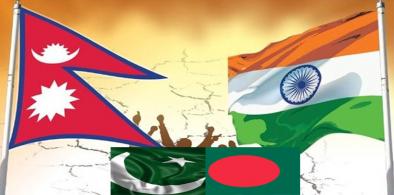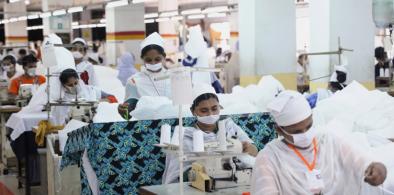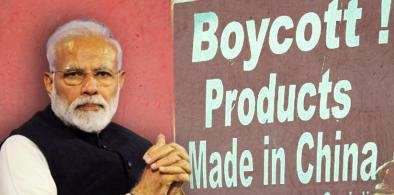The dragon’s shadow has lengthened over the South Asian region as it has rapidly developed port and transport infrastructure, some of it as part of its Belt and Road Initiative, writes N Chandra Mohan for South Asia Monitor
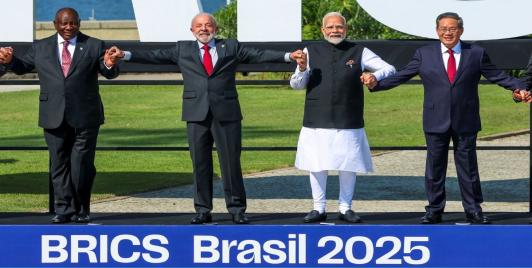
BRICS and the Shifting Sands of Global Power: Can it Evolve into a Credible Counterweight to Western Dominance?
BRICS represents more than just an economic grouping; it symbolizes the emergence of agency in the Global South. For too long, the contours of the world order were drawn in the boardrooms of Washington, London, and Brussels. That era is drawing to a close.
India's Trade Hesitancy Can Undermine Global And Regional Standing
A sharp 60% drop in Chinese rare earth exports this April disrupted Indian electric vehicle manufacturing—highlighting just how brittle alternative supply routes still are. Despite diplomatic friction, India lacks the industrial depth to delink quickly from China
Is Bangladesh Showing Signs Of Economic Recovery?
It may be a little too early to declare economic recovery, but certainly the growing forex reserve, remittance inflow, and surging exports are symptoms of the recovery that Bangladesh is aiming for. Bangladesh appears on the right track, though many other challenges remain.
India’s Strategic Embrace of the Global South: Modi’s Outreach to Africa and South America
Modi’s tour is, therefore, more than a series of diplomatic engagements; it is a declaration of India’s readiness to lead, collaborate, and contribute to shaping a just and inclusive global order. By leveraging historical ties, cultural affinity, technological strengths, and political goodwill, India is expanding its diplomatic footprint across the Global South.
Pandemic is a wake-up call to build India’s mental healthcare infrastructure
India has been dubbed by the World Health Organisation (WHO) as the most depressed country in the world. The numbers themselves are pretty frightening, writes Dr. Lovleen Malhotra for South Asia Monitor
A corona-clouded election in Sri Lanka sets a new welcome trend
President Gotabaya Rajapaksa set a fine example of neutrality of the public service in the forthcoming general elections by instructing that no public official serving in the security forces, government service, corporations, boards, and statutory bodies should engage in political activities, writes Sugeeswara Senadhira for South Asia Monitor
Structural shifts in Nepal’s India policy: New Delhi should continue to engage more
The use of anti-India sentiment is an old stratagem used by Nepalese politicians to assert their own relevance and divert attention away from the real problems facing Nepal, writes Shakti Sinha for South Asia Monitor
Easing of India-China standoff: Can China be trusted?
China’s fresh illegal claims on Bhutanese territory could lead to PLA intrusions to pressure India and orchestrate another standoff, writes Lt Gen P. C. Katoch (retd) for South Asia Monitor
US-India strategic consultations: Delhi treads cautiously on Chinese 'threats'
India has been careful to maintain that its closer ties with the US and its Indo-Pacific partners were not directed against anyone – diplomaticspeak that they weren't meant to be anti-China, writes Arul Louis for South Asia Monitor
An India-China truce with a difference: Why the disengagement may work this time
The declaration of truce on July 6, the 85th birthday of exiled Tibetan spiritual leader, Dalai Lama and two days after the Dharma Chakra Day on July 4, reminds of Buddha’s message that was carried by Indians to China, writes Rajendra Shende for South Asia Monitor
South Asia: Fiscal policy as an option for economic revival
The data on the growth rates in Gross Domestic Product between 2015 to 2020 show that South Asia would show the maximum decline in 2020 after growing the fastest between 2015-2019 at an annual average rate of 6.1 percent as compared to 4.8 percent for Southeast Asia and 6.0 percent for East Asia, writes Partha Pratim Mitra for South Asia Monitor
Nepal can choose to go the Bangladesh way or Pakistan way in dispute settlement with India
So, there are two examples in front of Nepal now; one is Pakistan, and another Bangladesh, which one will they choose? writes Swadesh Roy for South Asia Monitor
The irony of President Trump’s H-1B action
Trump needs to be seen as doing something to save the economy and American jobs. H-1B, which has been a bogeyman for the protectionists and economic nationalists, is an easy target during this downturn, writes Frank Islam for South Asia Monitor
Global partnerships will help Bangladesh revive COVID-hit economy
The Bangladesh government is trying its best to restore jobs abroad for the millions of migrant workers so that the large remittance flow continues, writes Dr. Mohammad Rezaul Karim for South Asia Monitor
The flickering beacons of democracy: India and the USA
India needs Modi to rediscover his inner ecumenical soul. To do that, Modi must become the leading proponent of and advocate for a “unifying nationalism,” writes Tom de Boor and Ed Crego for South Asia Monitor
Re-thinking NAM in a post-COVID-19 century
We are approaching the 65th anniversary of the Bandung Principles this year and 60th anniversary of the NAM in 2021. There is a renewed call in the NAM communique for the revitalization and strengthening of NAM, writes Sayantan Bandyopadhyay for South Asia Monitor
India must prepare for a multi-domain war
This is a defining moment in the history of India and its actions could well dictate its standing in the world, writes Lt Gen PR Kumar (retd) for South Asia Monitor
Is a total boycott of Chinese goods by India feasible?
Can orchestrated symbolism of smashing Chinese TVs create a mass movement when no domestic alternatives are available to our extremely price-sensitive consumers? writes Brig Deepak Sethi (retd) for South Asia Monitor



